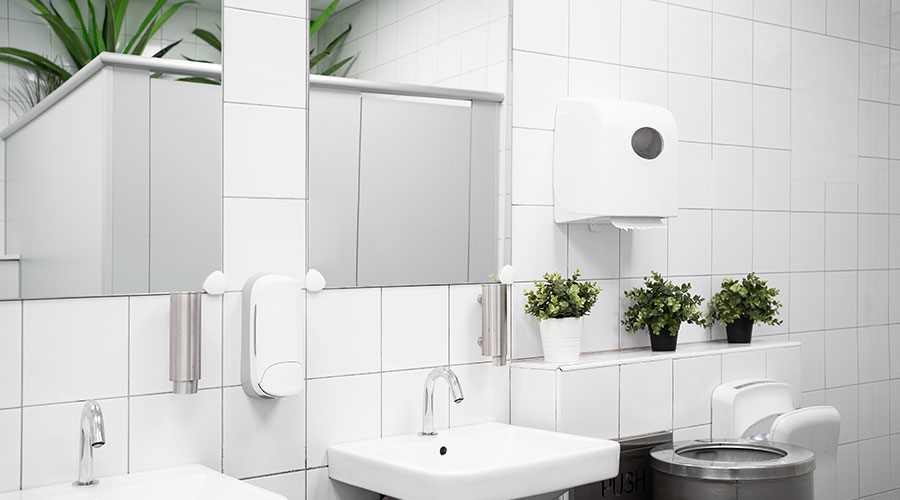Tax Deductions Getting Easier for HVAC Energy Efficiency
HVAC, energy efficiency, tax deductions, cost savings, energy modeling, LEED, ASHRAE 90.1, Energy Policy Act, EPAct August 19, 2010
Today's tip is to look into the possibility of tax deductions when making energy efficient HVAC upgrades.
The Energy Policy Act, or EPAct, provides tax deductions for HVAC installations that meet certain criteria. There's been an upswing in the number of HVAC projects qualifying for deductions, says Charles Goulding of Energy Tax Savers.
To qualify for a deduction, an HVAC project must reduce energy costs at least 16.67 percent below the costs for a building designed to meet ASHRAE 90.1-2001. The project has to use energy modeling to show the energy cost savings.
That last criteria - documenting expected savings using an energy simulation model approved by the Internal Revenue Service - used to be a major hurdle to getting tax deductions for HVAC projects. But the past several years have seen three changes that make energy modeling less daunting. For one thing, the LEED certification program also requires building energy modeling. The growing popularity of that program means that more projects are using modeling. Facility managers should be aware, however, that modeling for EPAct deductions requires a different approach than LEED modeling, and facility managers should ensure that engineers doing the modeling understand EPAct requirements.
Another big change is that more current undergraduate architecture and engineering student are learning how to prepare building energy simulation models. That pool of expertise is making modeling more accessible to facility managers.
A third reason that modeling is no longer the hurdle that it used to be is the increase in the number of IRS-approved energy modeling programs.
Next
Read next on FacilitiesNet







